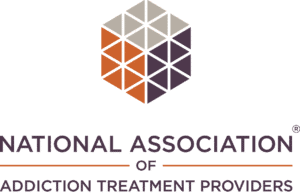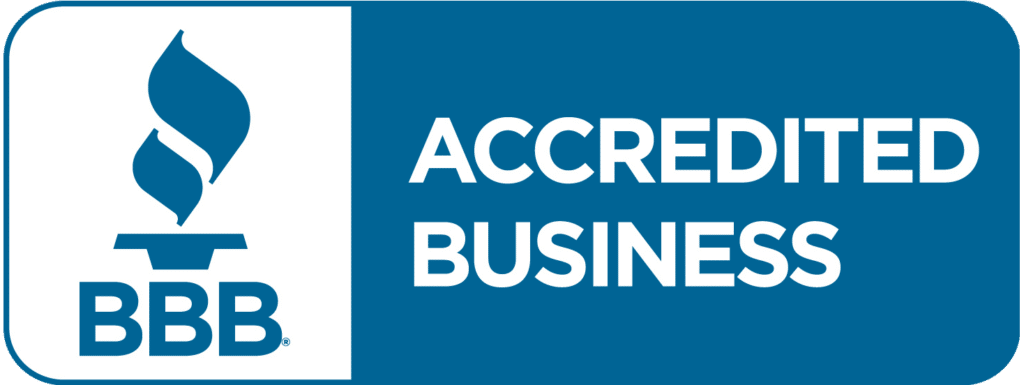We often hear about the opioid epidemic, which we will discuss below, but the United States faces more than just a problem with opioid use. We’re in the midst of a drug abuse epidemic in general, and it’s happening at alarming rates. Risk factors such as a person’s family history and environmental or cultural factors play significant roles in the likelihood of someone becoming addicted. Unfortunately, indicators show the epidemic seems to be getting worse.
It’s likely that as we learn more about the impact of the pandemic, we’ll also find that it significantly worsened the issue of substance abuse in the United States. We already see some of the pandemic-related drug and alcohol use numbers, and they’re difficult. The illicit drug abuse epidemic impacts social and economic well-being, and mental health issues such as panic attacks and anxiety have also risen. The ripple effects are clear when we examine the toll it has on public health.
So what’s the reality behind the substance use disorder statistics, and how did it all happen?
Drug Abuse Statistics
According to national survey results, illegal substance use disorders have been increasing across generations, demographics, and genders in the U.S. Differences in substance abuse have become more apparent, with some groups facing higher rates due to developmental factors and recurrent substance use.
It’s incredibly challenging even to know the full scope of people with a substance use disorder. Even based on what we do know according to self-reporting and overdoses, it’s alarming. Drug misuse often leads to complications of substance use, affecting brain functions, blood vessels, and sometimes leading to heart failure.
Along with deaths from the pandemic, 2020 appears to have been the deadliest ever in American history for drug use and drug addiction.
Related drug abuse statistics include:
- The number of overdoses in 2020 hit record highs.
- Oregon saw a 40% spike in drug deaths. Opioids were one factor, but there was a significant uptick in using other substances like meth. Cocaine deaths went up by 57%, and fentanyl contributed to 92% of these drug deaths.
- Virginia, another state grappling with the costs of drug abuse, reported more than 2,030 deaths from overdoses in 2020, surpassing its previous record of 1,626.
The states above are only examples. Most other states had similar issues. We understand some of the reasons that 2020 was a particularly tragic year regarding substance abuse and associated deaths. People were isolated, and the lack of motivation combined with poor coping mechanisms led to a significant increase in substance use. Slurred speech, chest pain, and dilated pupils became common signs of drug abuse seen by healthcare providers.
The Most Commonly Used Drugs
Marijuana
Marijuana, also known as cannabis, is often viewed as a recreational drug, but it is not without risks. Many drug users see it as relatively harmless, but marijuana use can cause long-term use issues, including cognitive decline and drug seeking behavior.
Prescription and OTC Medications
Prescription drugs are widely abused, with prescription medications like opioids, anti-anxiety medications, and stimulants leading to addiction. Many of these drugs are taken for nonmedical reasons, often leading to severe consequences. Even over-the-counter medications have been misused.
Heroin
Heroin is one of the deadliest drugs, contributing to the opioid crisis. Unfortunately, opioid addiction often begins with earlier addiction to prescription drugs. Synthetic drugs, like fentanyl, have made heroin even deadlier.
Methamphetamine
The rise in methamphetamine use is another troubling trend. Meth-related deaths have increased significantly, especially among minority populations like American Indians and Alaska Natives.
The Opioid Epidemic
Drug Abuse Statistics: Behind the Epidemic
While meth is becoming more widespread, the opioid epidemic remains the most severe. Opioid overdoses continue to rise, fueled by both prescription opioids and illicit synthetic opioids like fentanyl. These drugs carry a high dependence liability, making recovery difficult without proper treatment and support from healthcare professionals.
Since 1999, more than 841,000 people have died from drug overdoses. In 2019, more than 70% of overdose deaths involved opioids, and injection drugs like heroin were a major factor.
Teenage Drug Abuse Statistics
Teens certainly aren’t immune to the damaging effects of drug abuse and addiction. Common symptoms of drug use among teens include cognitive impairment and a drop in school performance. Many also suffer from behavioral issues related to their drug use. The National Institutes of Health warns that teenage drug use could lead to chronic diseases later in life, such as heart disease and sleep disorders.
Protective factors, such as strong family support and access to mental health resources, can help reduce the chances of drug addiction among teens. For many, engaging with a mental health professional or participating in family therapy can be an essential step toward recovery.
Conclusion
Drug abuse statistics show that substance use disorders continue to rise across the United States. However, treatment is available. If you’d like to explore substance abuse treatment options or speak to a licensed drug counselor, call 408-547-4089 and a care coordinator from the Silicon Valley Recovery team will help you explore chances of success with effective treatment programs, including behavioral therapies and community take-back programs. Recovery is possible, even for those dealing with the harshest consequences of substance use.
It’s likely as we learn more about the impact of the pandemic, we’ll also find that it significantly worsened the issue of substance abuse in the United States We already see some of the pandemic-related drug and alcohol use numbers, and they’re difficult. The illicit drug abuse epidemic impacts social and economic well-being and public health.









